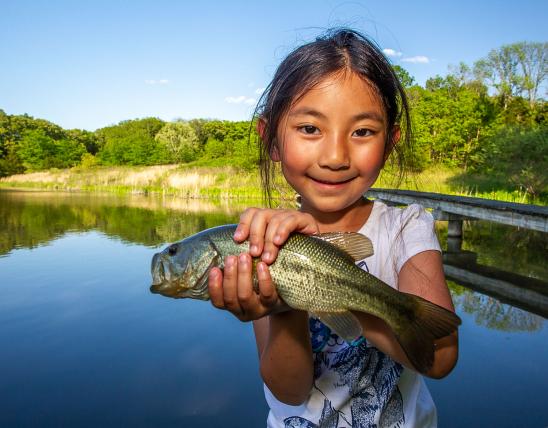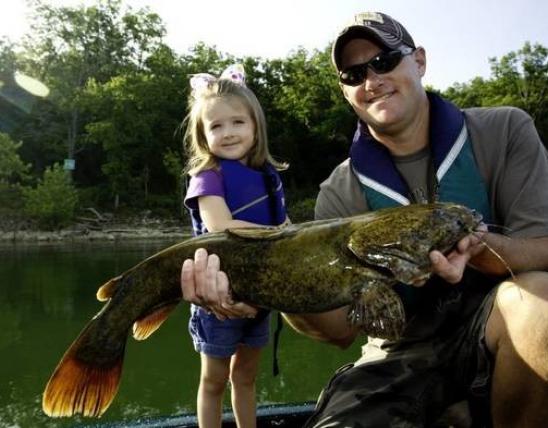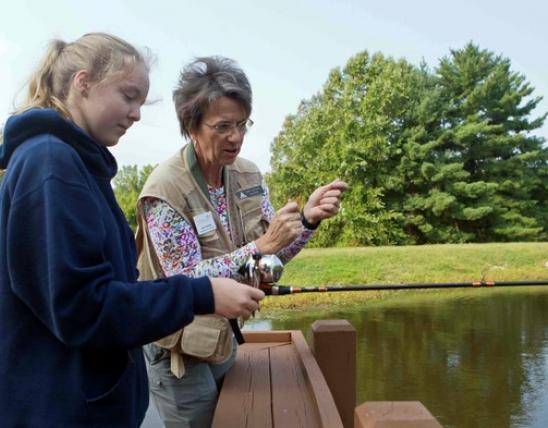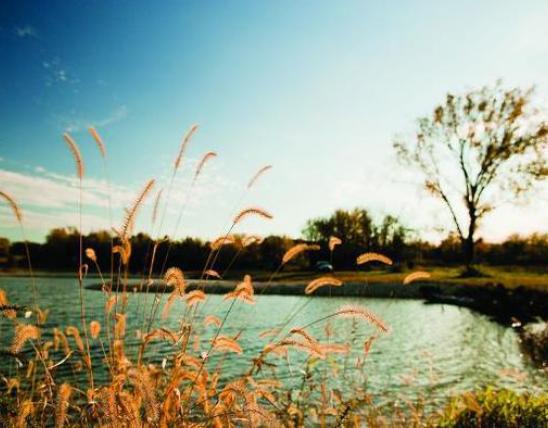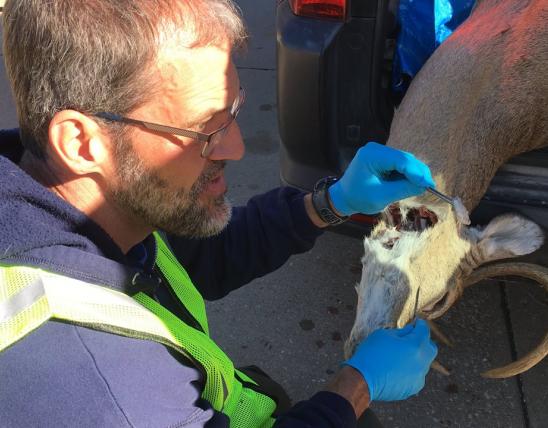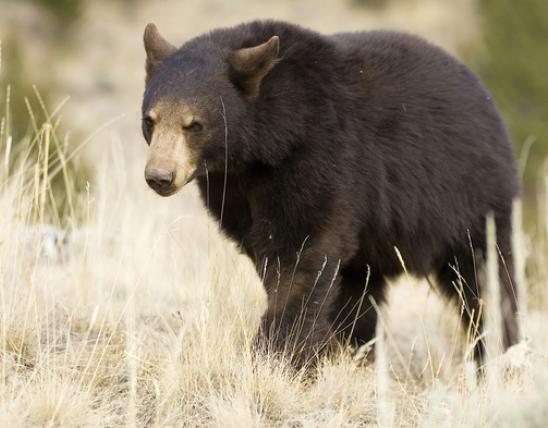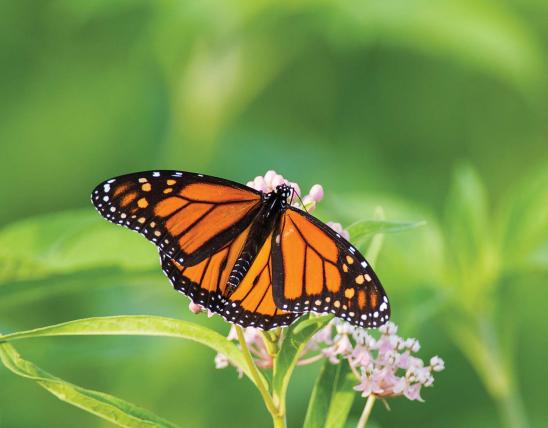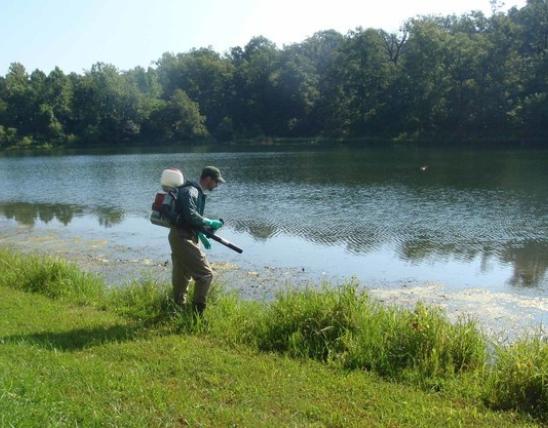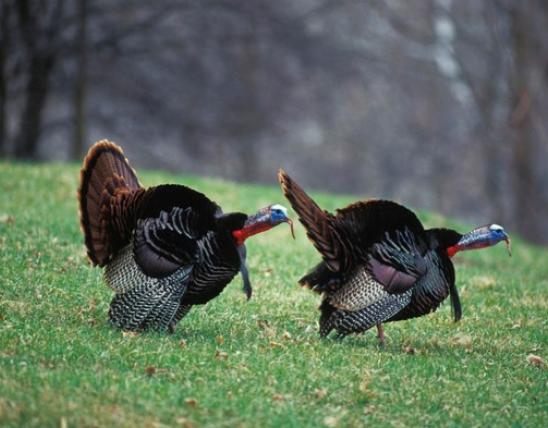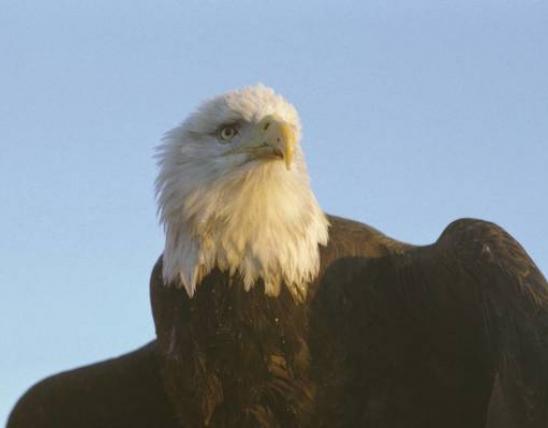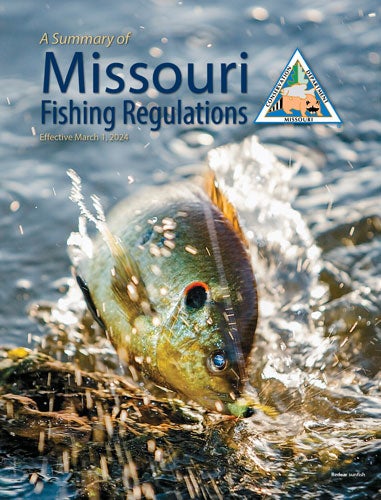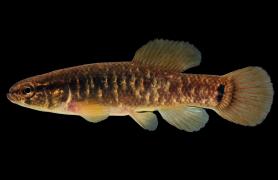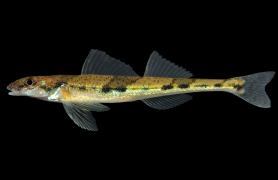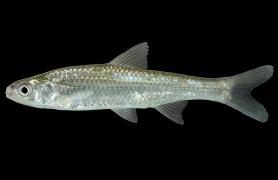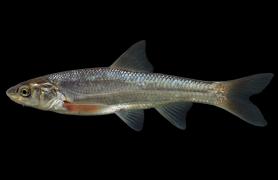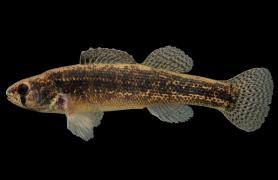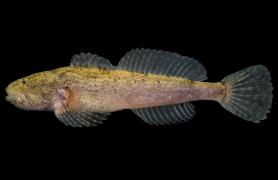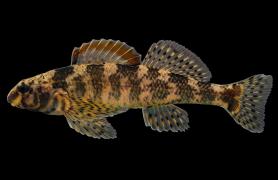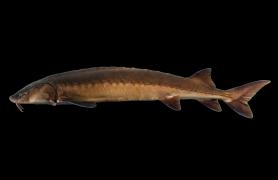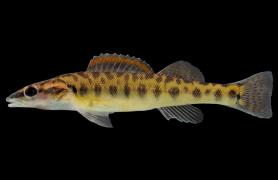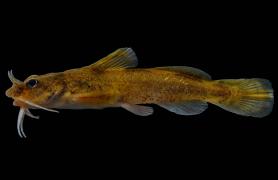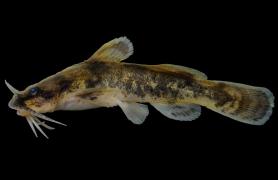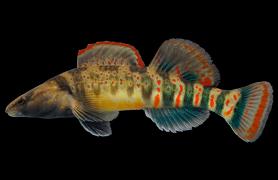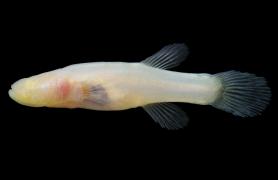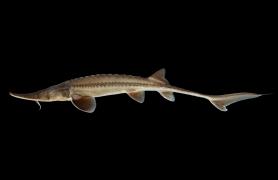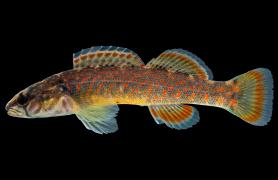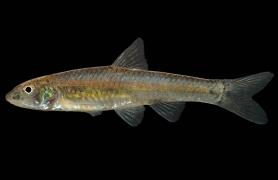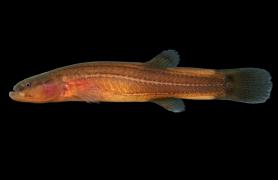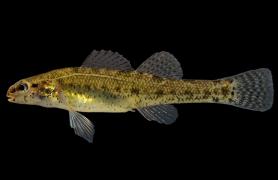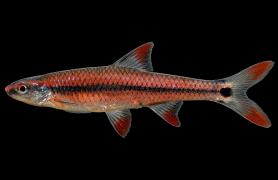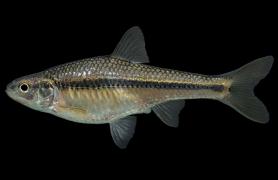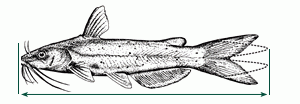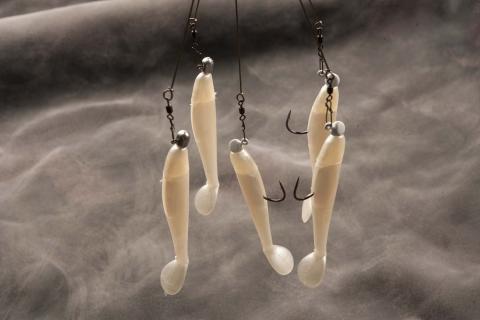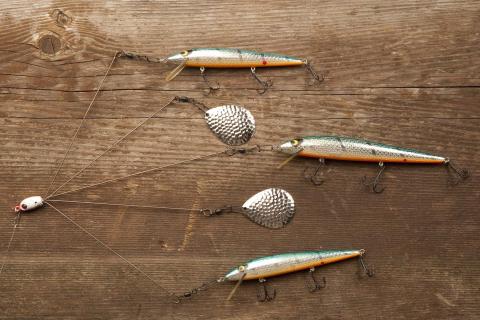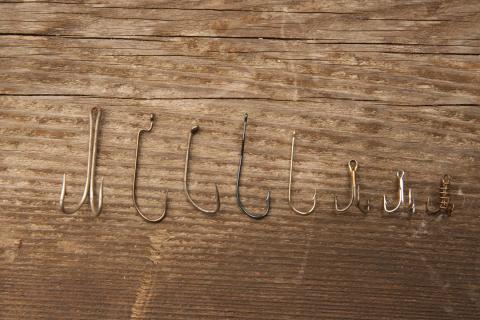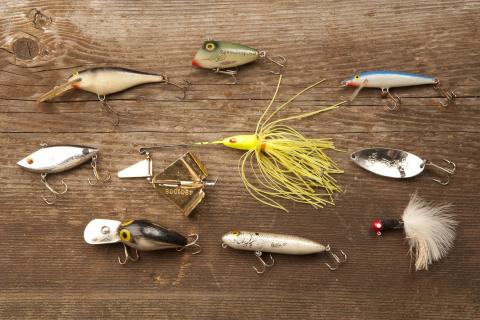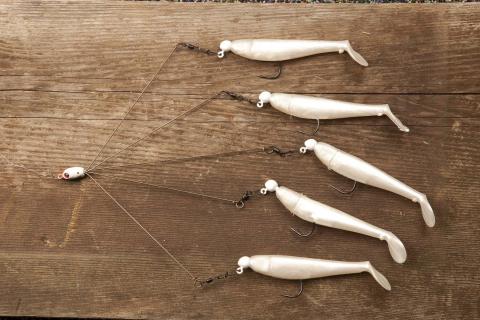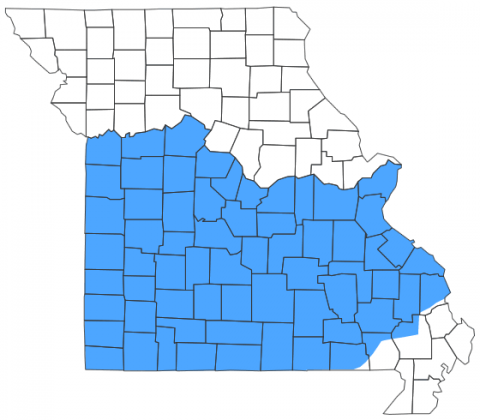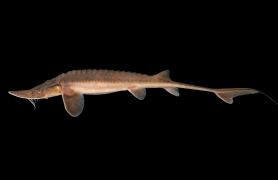General Fishing Rules and Methods
Allowed fishing methods
You may take fish by pole and line, trotline, throwline, limb line, bank line and jug line. Ice fishing tackle, or tip-ups, are considered a pole-and-line method.
These methods are accepted for catching all species of fish, although additional restrictions may apply to specific fishing areas.
Game fish not hooked in the mouth or jaw must be returned to the water unharmed immediately, except paddlefish legally taken during the paddlefish snagging season. Game fish include:
- goggle-eye (commonly known as Ozark bass, rock bass, and shadow bass)
- warmouth
- northern pike
- muskellunge, tiger muskie, and muskie pike hybrid
- chain pickerel
- grass pickerel
- all species of catfish except bullheads
- all species of black bass (largemouth, smallmouth, and spotted)
- paddlefish (spoonbill)
- all species of crappie
- white bass, yellow bass, and striped bass
- trout
- walleye
- sauger
- shovelnose sturgeon.
Allowed alternate methods
You may use permitted alternate methods in designated waters to take certain species, including paddlefish (snagging/grabbing methods only) and nongame fish. Nongame fish include
- bluegill
- green sunfish
- carp
- carpsuckers
- suckers
- buffalo
- drum
- gar,
- all other species other than those defined as game fish or listed as endangered.
Permitted alternate methods for nongame fish include:
- bow
- crossbow
- gig
- atlatl
- snare
- underwater spearfishing
- snagging
- grabbing
Additional restrictions apply to specific species and fishing areas. See fishing seasons, paddlefish snagging season, and area specific regulations for more information.
All of the above methods of taking fish are considered sport fishing methods.
Number of poles and hooks
If you use more than three poles (or two poles on the Mississippi River) at any one time, the additional poles must be labeled with your full name and address or Conservation Number. Regardless of the method or number of poles, you may not use more than a total of 33 hooks at any one time; except on the Mississippi River the maximum is 50 hooks at one time. If fishing on the Mississippi River and on other Missouri waters at the same time, no more than 50 hooks may be used and not more than 33 on waters other than the Mississippi.
Hooks on trotlines must be staged at least 2 feet apart. Hooks on any type of line, as well as the line itself, must be attended every 24 hours or removed.
Prohibited fishing methods
No one may use any explosive, poison, chemical or electrical equipment to kill or stupefy fish. Such material or equipment may not be possessed on waters of the state or adjacent banks.
Spearguns may not be possessed on unimpounded waters or adjacent banks, and spears may not be propelled by explosives.
It also is illegal to attempt to take fish by hand, with or without a hook, and to intentionally leave or abandon any commonly edible portion of any fish.
Only live-bait traps are allowed
Fish traps, including slat and wire ones, may not be possessed on waters in Missouri or on adjacent banks. However, live-bait traps are allowed.
Labels required on traps and lines
You must place a tag of a durable material with your full name and address or your Conservation Number on live-bait traps, trotlines, throwlines, limb lines, bank lines, jug lines and live boxes.
Use of Lights
As an aid to fishing methods, an artificial light may be used only above the water surface. However, while fishing by pole and line only, underwater lights may be used to attract fish. Underwater lights also may be used when bowfishing on lakes, ponds and other impoundments.



